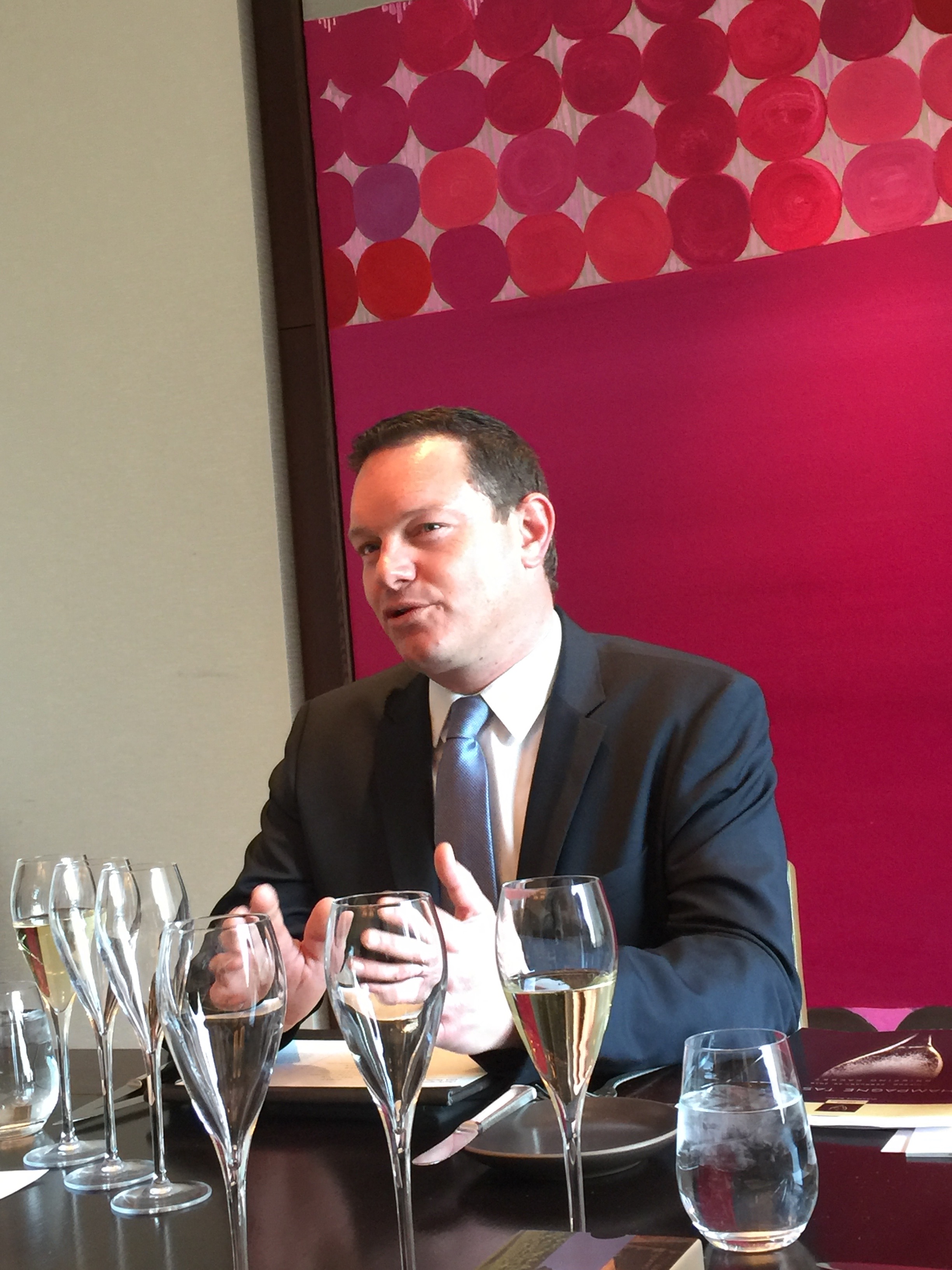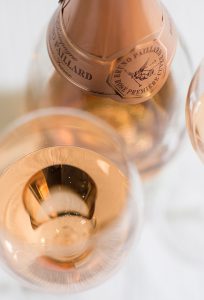
Champagne Bruno Paillard, a Family owned and operated champagne house was founded in 198l. From its inception demonstrated what champagne has best to offer; creating a secret assemblage of diverse crus, grape varieties, and a variety of vintages.
Since 1983, Bruno Paillard was the first Champagne producer to inform the wine consumer of disgorgement dates on it’s labels.
The Bruno Paillard style is the marriage of elegance and complexity, which translates into a light and smooth effervescence, a remarkable purity, a true freshness and a silky texture.
Multi Vintage Première Cuvée Rosé
Identity
White wine from Pinot Noir: after a quick pressing, and a fast separation of the skins, the juice is very pale and is vinified.
Red wine from Pinot Noir: is obtained by a prolonged maceration of the juice on the skins.
A touch of Chardonnay brings the necessary vivacity to balance the fruits of Pinot Noir.
The Blend
First pressing of mainly Pinot Noir with some Chardonnay, the amount of which remains a secret.
Reserve wines
a blend of 25 vintages, going back to 1985.
Ageing
three years sur lie, then a further five months after disgorgement.
Dosage
Extra brut, very low dosage, less than 6g/L.
Bruno Paillard’s Tasting Notes
The pink copper colour with a hint of raspberry when young, evolves to salmon while ageing. Fine bubbles.
The initial aromas of red currant and red fruits evolve to morello cherry, wild strawberry and violet. A touch of lemon denotes the discrete presence of Chardonnay. With age, aromas tend towards dark fruits like cherry, fig and blackberry.
The palate reveals red fruit captured at their full freshness. The finish is bright and long.
Each bottle carries a label with the month and year of disgorgement.
Pairings
The Multi Vintage Première Cuvée Rosé is a great match with charcuterie, sushi, poultry or red fruit salad, dark chocolate.
www.champagnebrunopaillard.com
[Walker and Wodehouse Stand]
May 3rd – 5th 2016 Kensington Olympia, London

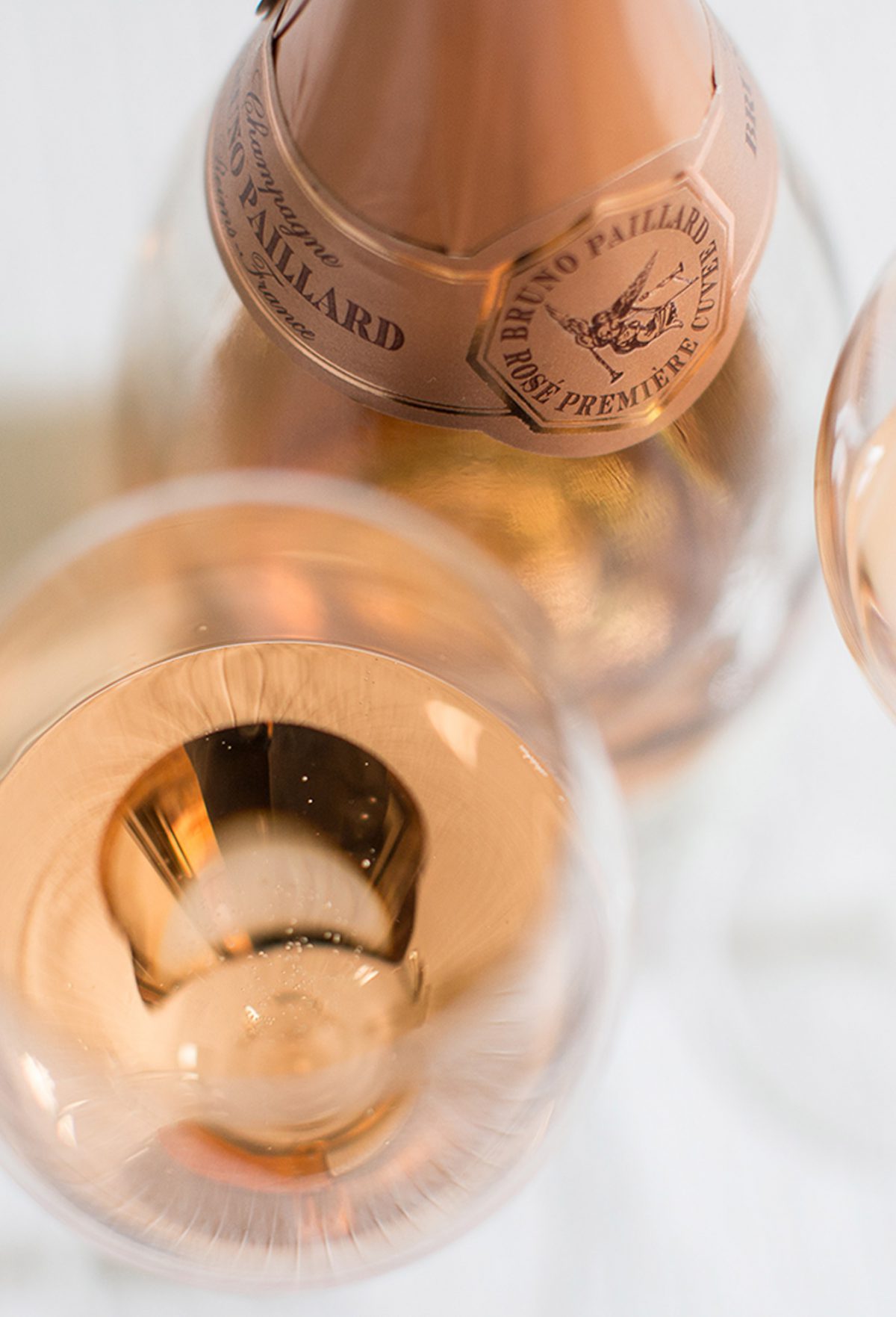
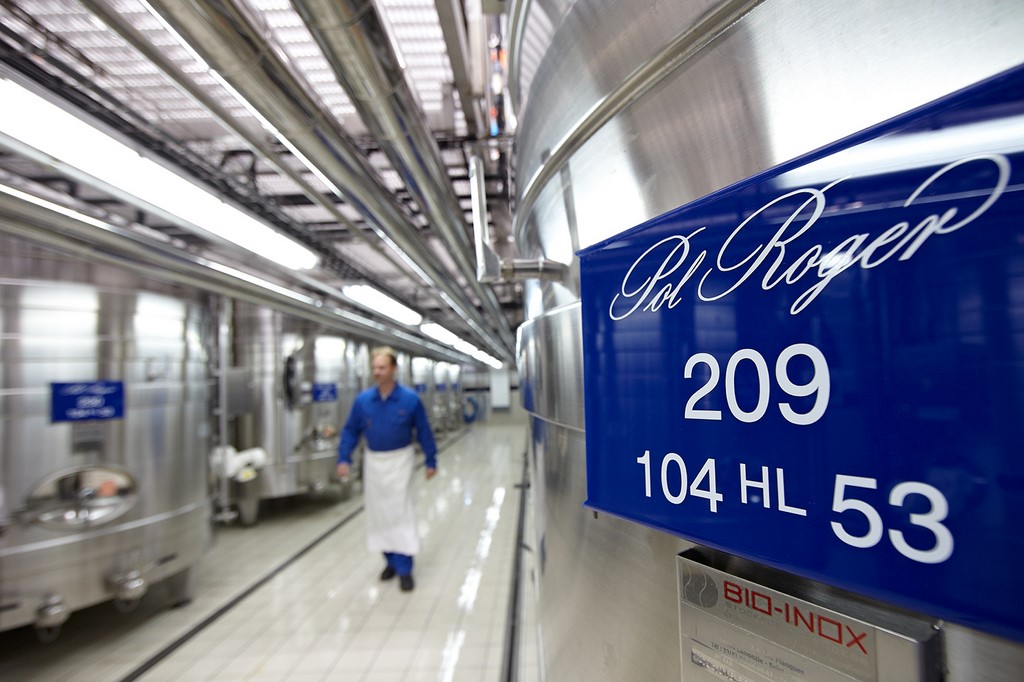
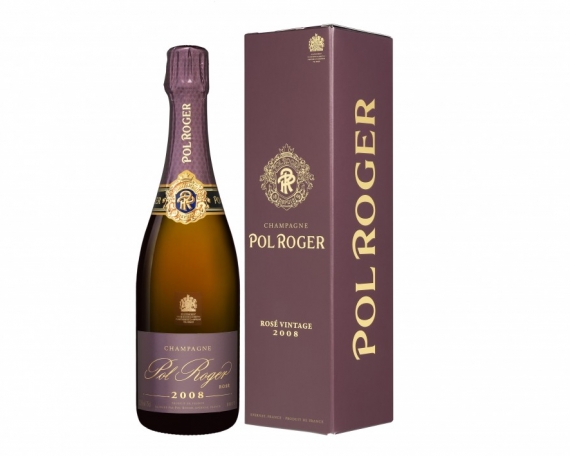
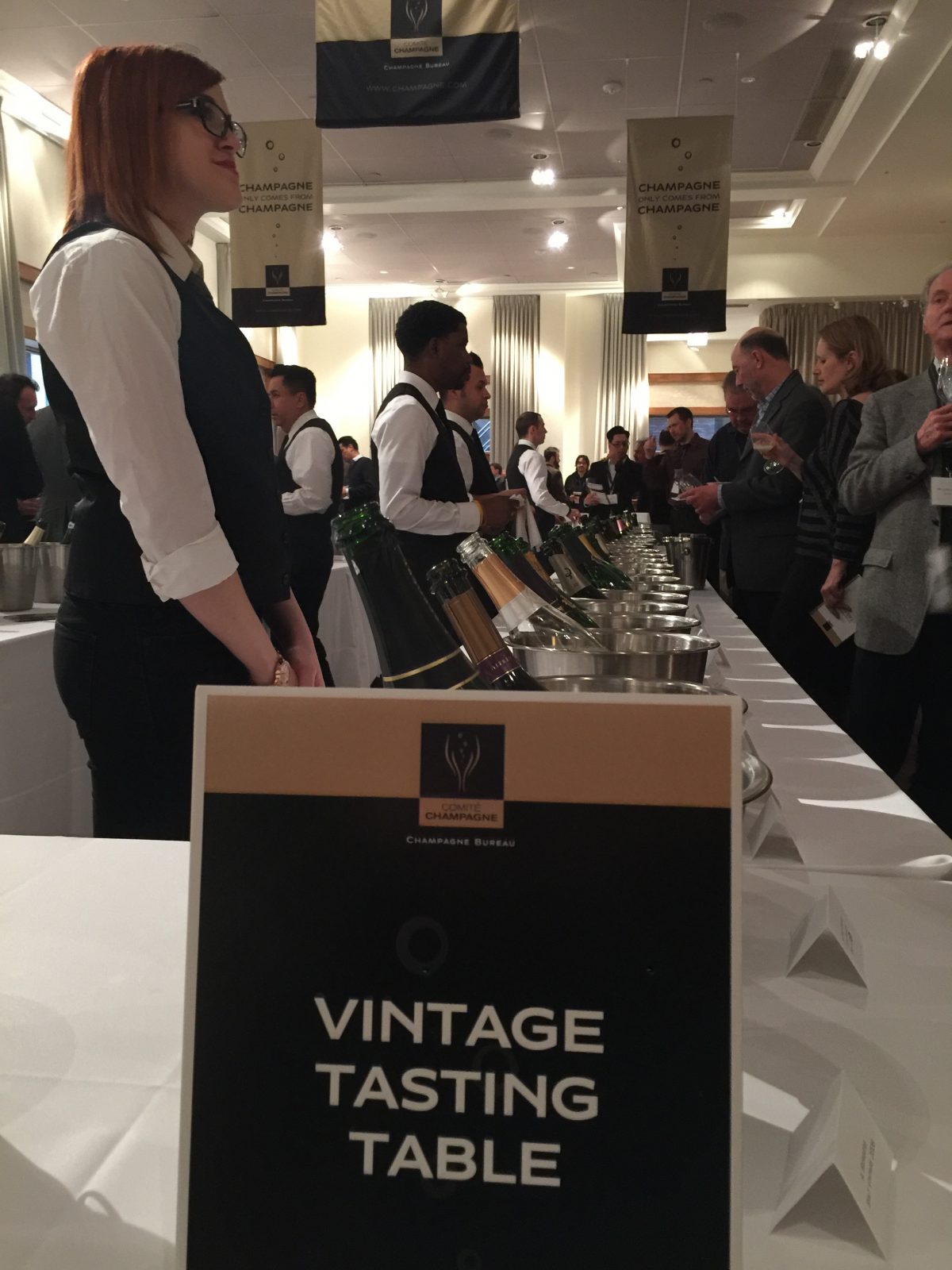
 The Champagne region’s annual official tasting in the United States was held at the The Ivy Room, Chicago on February 29, 2016. US Trade and media attendees had the opportunity to taste more than 100 champagnes from 35 growers and houses.
The Champagne region’s annual official tasting in the United States was held at the The Ivy Room, Chicago on February 29, 2016. US Trade and media attendees had the opportunity to taste more than 100 champagnes from 35 growers and houses.![Champagne Bureau USA Lunch and Update – NoMI Kitchen, Chicago [Part 2 Media Lunch]](https://www.liz-palmer.com/wp-content/uploads/2016/03/IMG_7483-1200x1600.jpg)
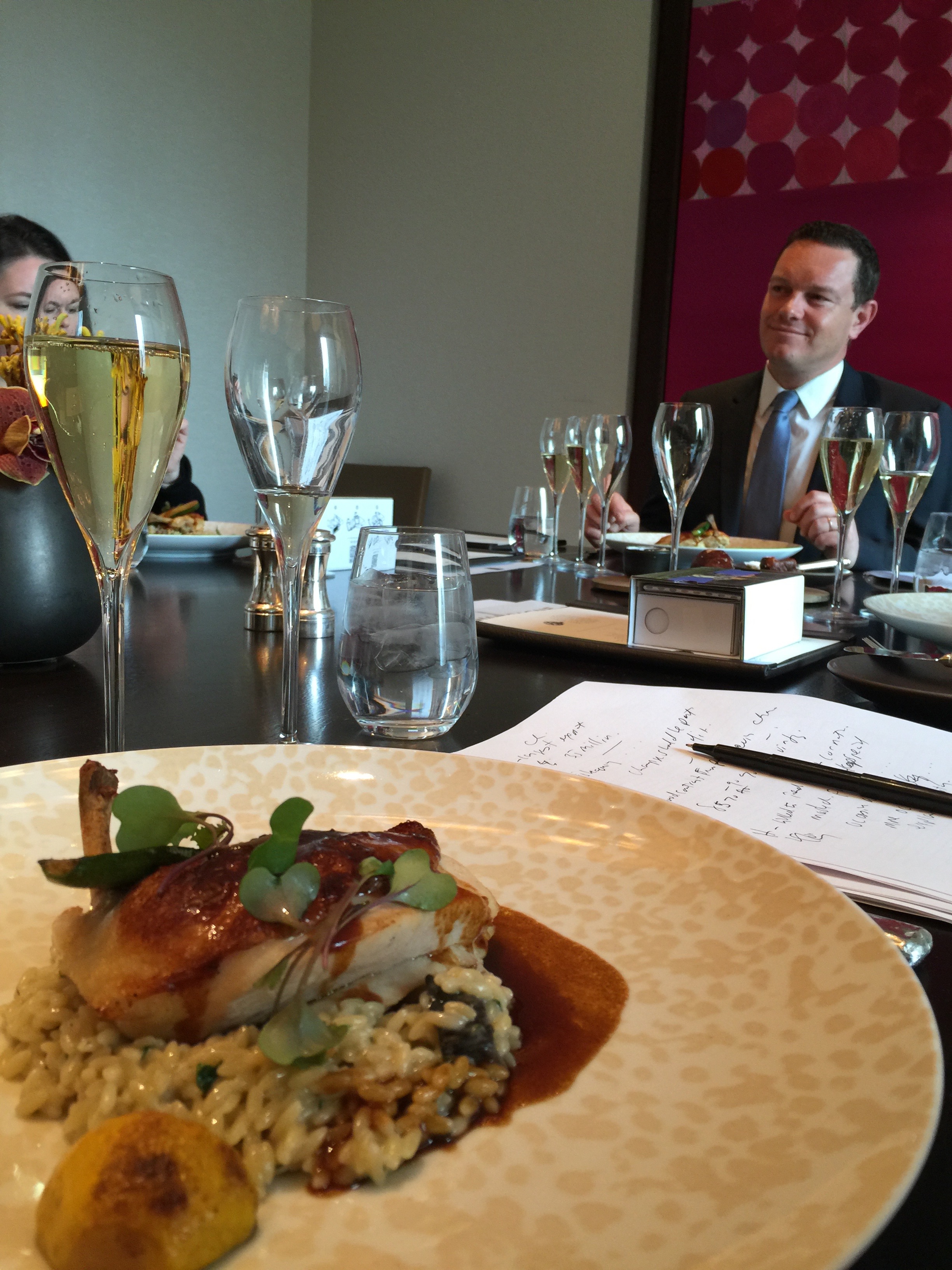 As I mentioned in Part l, I attended one of those lunches that rarely come around — not only was the food and Champagne selection extraordinary, in attendance was Thibaut Le Mailloux, Communications Director for Comité Champagne (the trade association that represents all the grape growers and houses of Champagne, France) and Sam Heitner, the Director of the Champagne Bureau, USA (which is the U.S. representative for the Comité Champagne). At this lunch Thibaut Le Mailloux and Sam Heitner provided US media and myself Champagne Region Updates – see Part 1 [The Update].
As I mentioned in Part l, I attended one of those lunches that rarely come around — not only was the food and Champagne selection extraordinary, in attendance was Thibaut Le Mailloux, Communications Director for Comité Champagne (the trade association that represents all the grape growers and houses of Champagne, France) and Sam Heitner, the Director of the Champagne Bureau, USA (which is the U.S. representative for the Comité Champagne). At this lunch Thibaut Le Mailloux and Sam Heitner provided US media and myself Champagne Region Updates – see Part 1 [The Update].![Champagne Bureau USA Lunch and Update – NoMI Kitchen, Chicago Part 1 [The Update]](https://www.liz-palmer.com/wp-content/uploads/2016/03/IMG_7469-1200x900.jpg)
 On February 29th, 2016 I attended one of those lunches that rarely come around — not only was the food and Champagne selection extraordinary, in attendance was Thibaut Le Mailloux, Communications Director for Comité Champagne (the trade association that represents all the grape growers and houses of Champagne, France) and Sam Heitner, the Director of the Champagne Bureau, USA (which is the U.S. representative for the Comité Champagne).
On February 29th, 2016 I attended one of those lunches that rarely come around — not only was the food and Champagne selection extraordinary, in attendance was Thibaut Le Mailloux, Communications Director for Comité Champagne (the trade association that represents all the grape growers and houses of Champagne, France) and Sam Heitner, the Director of the Champagne Bureau, USA (which is the U.S. representative for the Comité Champagne).